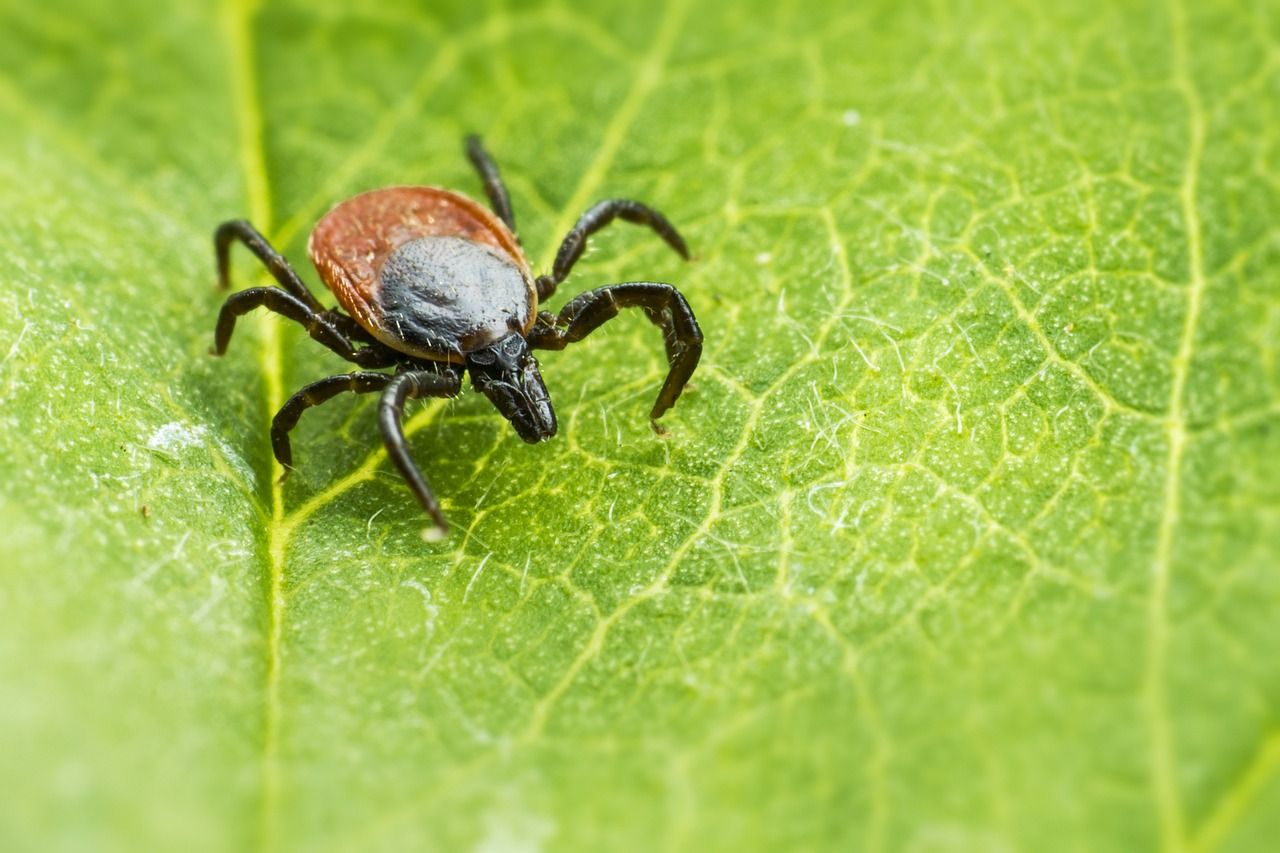The Castor bean tick (Ixodes ricinus) is a species of hard-bodied tick known for its role as a vector of various diseases affecting humans and animals. Here’s a more detailed description:
- Appearance: Adult Castor bean ticks are relatively small, typically measuring between 3 and 5 millimeters in length. They have a tough, shield-shaped body (called the scutum) that is typically reddish-brown to dark brown in color. Like all ticks, they have eight legs as adults.
- Habitat: Castor bean ticks are commonly found in wooded areas, shrubs, and grasslands, particularly in regions with high humidity and dense vegetation. They are widespread across Europe, including parts of Asia and North Africa.
- Hosts: These ticks are ectoparasites that feed on the blood of various vertebrate hosts, including mammals, birds, and occasionally reptiles. Common hosts include deer, rodents, birds, and domestic animals such as dogs, cats, and livestock.
- Life Cycle: The life cycle of the Castor bean tick consists of four stages: egg, larva, nymph, and adult. After hatching from eggs, larvae seek out a host for their first blood meal. After feeding, they molt into nymphs, which then seek another host for their next blood meal. After another molt, nymphs become adults. Both nymphs and adults are most active during the warmer months and will attach to hosts in order to feed.
- Disease Transmission: Castor bean ticks are known vectors of various pathogens that can cause diseases in humans and animals. These include bacteria such as Borrelia burgdorferi (causing Lyme disease), as well as viruses responsible for tick-borne encephalitis (TBE) and other diseases. Humans and pets can contract these diseases through tick bites.
- Prevention: Prevention measures to reduce the risk of tick bites include wearing protective clothing, using insect repellents containing DEET, conducting regular tick checks after outdoor activities, and employing landscaping strategies to reduce tick habitat.
Understanding the habits and risks associated with Castor bean ticks is crucial for effective tick-borne disease prevention and control efforts.
Visited 376 times, 12 visit(s) today
Views: 386
Subscribe to the newsletter:
